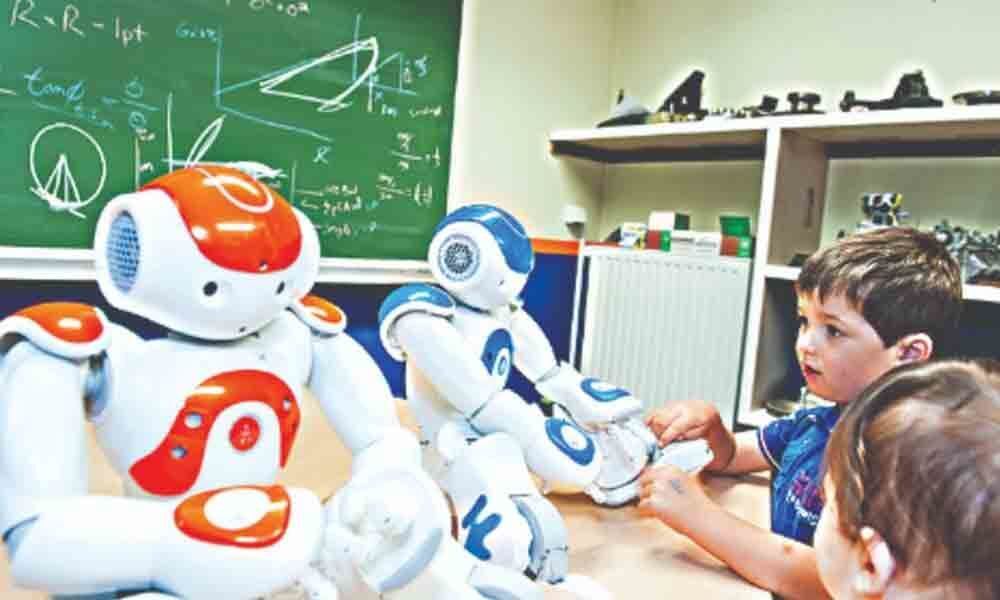Soft, social robot may help teach math to kids

Scientists have developed a social robot that may help teach math to school children and can be customised with handcrafted materials, such as wood and wool.
Scientists have developed a social robot that may help teach math to school children and can be customised with handcrafted materials, such as wood and wool.
The team at Cornell University in the US envisioned robots built from warmer, homier materials that could be customised by their owners, so each would be unique. The robot dubbed Blossom is simple, expressive and inexpensive. It could be made from a kit and creatively outfitted with handcrafted materials.
"We wanted to empower people to build their own robot, but without sacrificing how expressive it is," said Guy Hoffman, assistant professor at Cornell University. "Also, it's nice to have every robot be a little bit different. If you knit your robot, every family would have their own robot that would be unique to them," said Hoffman.
Blossom's mechanical design is centred on a floating "head" platform using strings and cables for movement, making its gestures more flexible and organic than those of a robot composed of rigid parts. Partly because of its simplicity, Blossom has a variety of potential uses, Hoffman said. Human-robot interaction researchers who are not engineers could build their own from a kit to use in studies.
Due to the ease of interacting with the robot and the hands-on experience of helping to build it, it could help teach children about robotics. In a case study, children ages 4-8 had a chance to control and make accessories for Blossom at a science fair. Some children created accessories, such as appendages or jewelery, while others controlled the robot so the new items could be attached, illustrating how Blossom could inspire collaboration.
Blossom will be used by some schools in Canada to help teach math to fourth-graders, Hoffman said. The team has also been working on an algorithm to make Blossom react to YouTube videos performing a certain dance in response to a certain song, for instance, building on previous research showing that a robot's response to listening to songs can influence a human's reaction. This may be particularly useful in modeling behaviour for children with autism, Hoffman said.



















